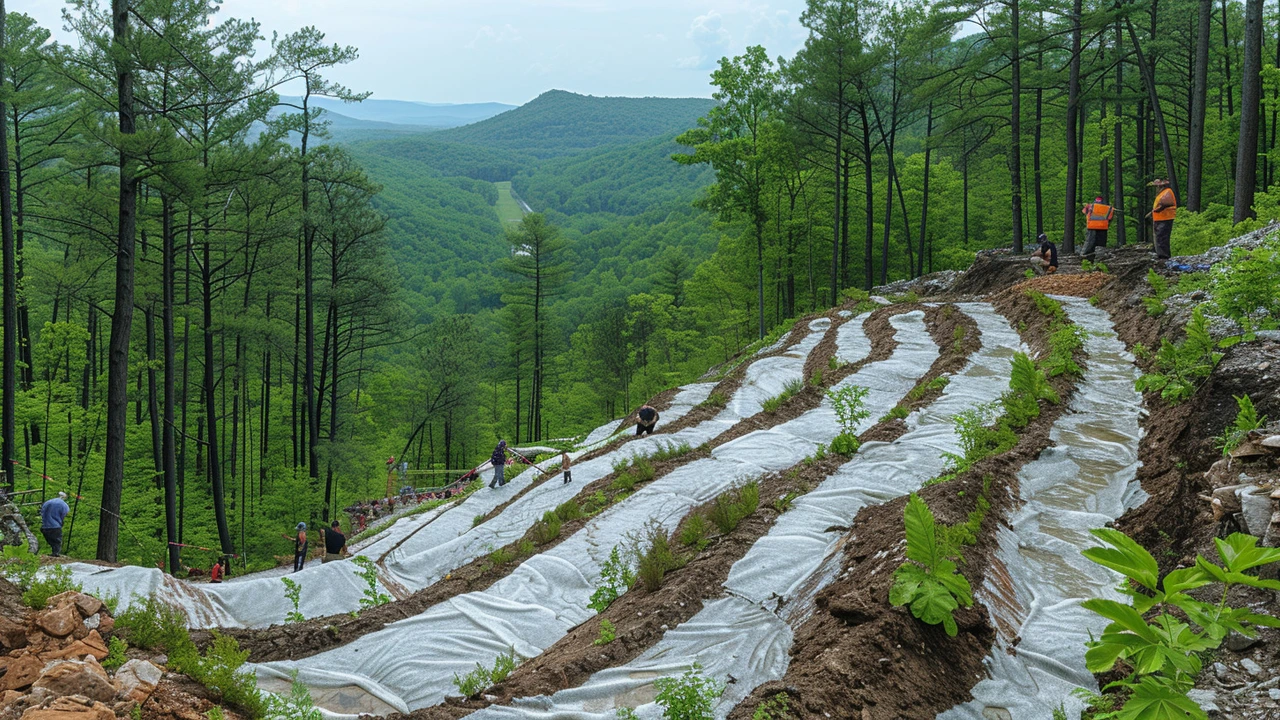Artistic Expression: Find Your Visual Voice
Artistic expression isn't just making pretty pictures; it's how you say who you are without words. Whether you're into photorealism, Abstract Expressionism, or home décor inspired by Bauhaus, your style grows when you practice with purpose. This page collects guides on movements, techniques, and practical tips to push your work forward.
Start by choosing a clear goal for a week: copy a photorealist texture, try an Abstract Expressionist gesture, or redesign one room with avant-garde accents. Short, focused goals teach new skills fast. For example, copying a photorealist eye for three days trains observation and brush control, while a gesture study session loosens your marks and helps emotion read on canvas.
Pick tools, then limit them
Painters, designers, and street artists all benefit from limits. Pick three brushes, two colors, or one camera lens and stick to them for a project. Limits force creative problem solving and stop you from hiding behind equipment. If you're exploring land art or installation pieces, limit your materials to things you can find locally; those constraints make work site-specific and meaningful.
Study one movement per month. Read about Bauhaus for two weeks, look at Fluxus performances, then try a week of Cubist sketching. Each movement teaches a concrete skill: Bauhaus tightens your composition, Fluxus loosens performance and audience play, Cubism trains you to break forms into planes. These skills add up fast when you switch deliberately.
Make showing part of the process
Share work early and often. Post a quick photo, host a mini show at a café, or invite friends to a studio night. Feedback helps you spot what reads well and what needs fixing. If you want to sell, small pop-ups or online shops let you test ideas without long commitments. Remember: reactions reveal how your visual voice lands with others.
Keep a sketchbook for both ideas and mistakes. Sketches are risk-free labs where you can mash up Primitivism shapes with Baroque drama or sketch a smart-city scene inspired by Futurism. Write short notes next to sketches about what worked and why. Those notes become a guide when projects stall.
Learn from specific artists and works. Study a photorealist piece to see color layering, then read about Jackson Pollock’s rhythm to understand energy in mark-making. Visit installations and take photos of how viewers move through the space. Practical study beats theory: copy, test, adapt, repeat.
Finally, pick one public project a year: a mural, a room redesign, or a community land artwork. Public work forces clarity, scale thinking, and collaboration. It also makes your art matter to people who live with it every day. Keep projects small at first, build from there, and prioritize clear choices over perfect finishes.
Use this tag page as a roadmap: open one article a week from the list, try its exercise, and save your best work. Bookmark favorite techniques, join a local class, and swap work with other artists. Small habits make steady progress and keep creative momentum alive daily.


